As parents, we strive to provide our little ones with the best possible start in life, and that includes introducing them to a diverse range of flavors and cuisines. But when it comes to spicy foods, many of us are left wondering: is it safe for my baby? Can their delicate taste buds and sensitive tummies handle the heat? As our babies grow and develop, their curiosity for new flavors and textures naturally increases, making it essential to navigate the world of spices and seasonings with confidence. Here is your guide on, exploring the flavors of childhood! Can I Give My Baby Spicy Foods?
Can I Give My Baby Spicy Foods? Exploring the Flavors of Childhood
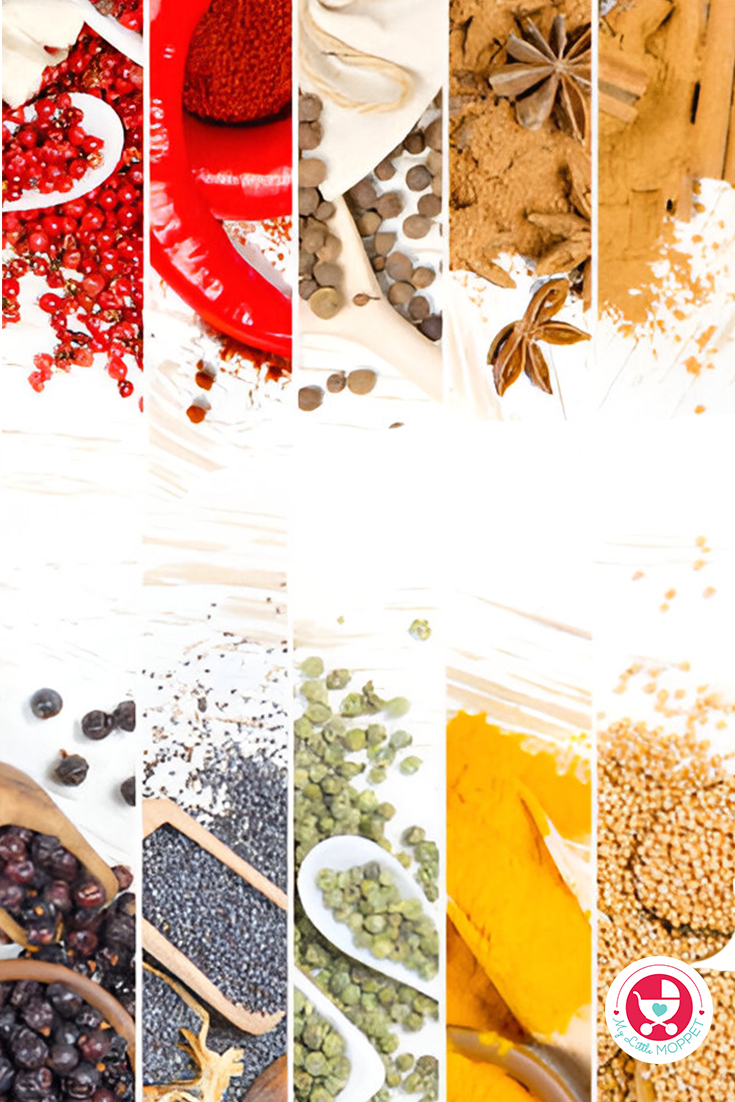
Age-Appropriate Spice Introduction & Benefits
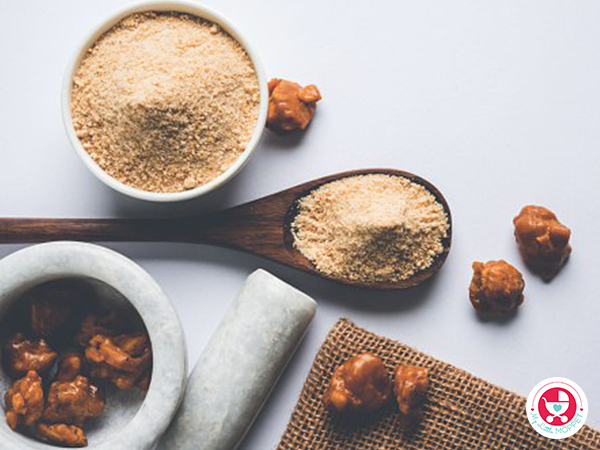
Asafoetida can be introduced to babies after six months and is often added to khichdi. Just a pinch is sufficient to enhance baby food. This spice offers health benefits, such as relieving gas and promoting easier digestion, making it a helpful addition to your baby’s diet.
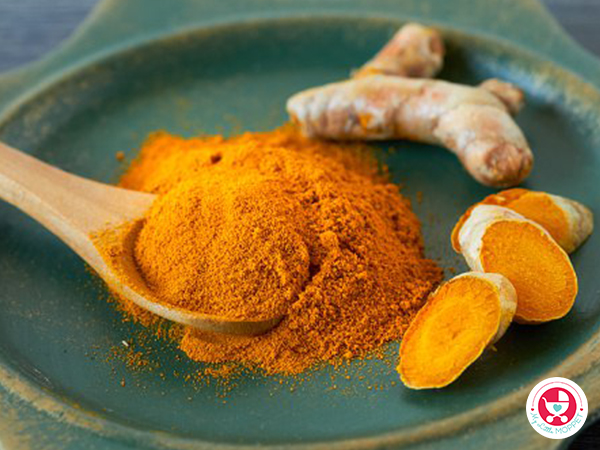
Turmeric powder can be introduced to babies after six months and is suitable for dishes like dal ka paani, khichdi, soups, and dry fruits powder. The amount of turmeric varies by dish; for khichdi, you can add up to 1/4 teaspoon, while just a pinch is enough for soups and dal ka paani. This spice offers several health benefits, including its natural antiseptic properties, relief from coughs and colds, and powerful anti-inflammatory effects.

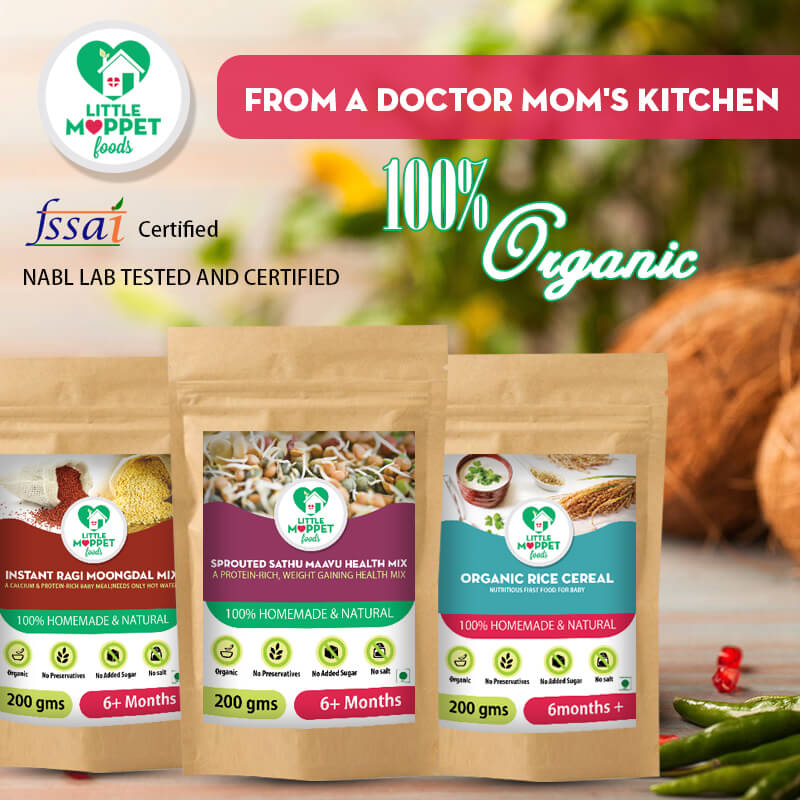
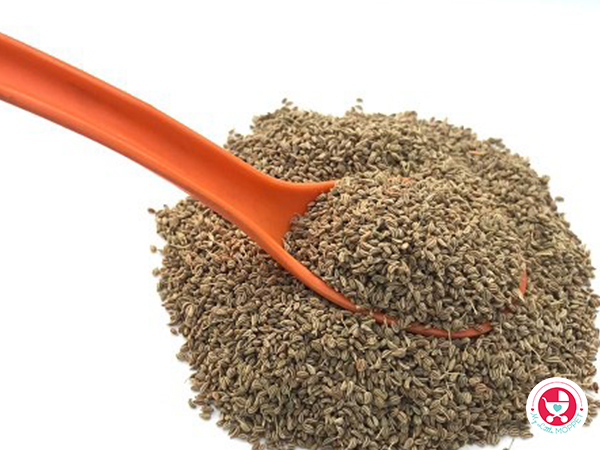
Jeera (cumin) can be introduced to babies after six months and is a great addition to purees, khichdi, savory porridges, and soups. The amount of jeera powder varies by dish, ranging from a pinch to 1/4 teaspoon. This spice offers notable health benefits, acting as an effective antifungal and antimicrobial agent, and can help alleviate diarrhea and gas issues in babies and children.
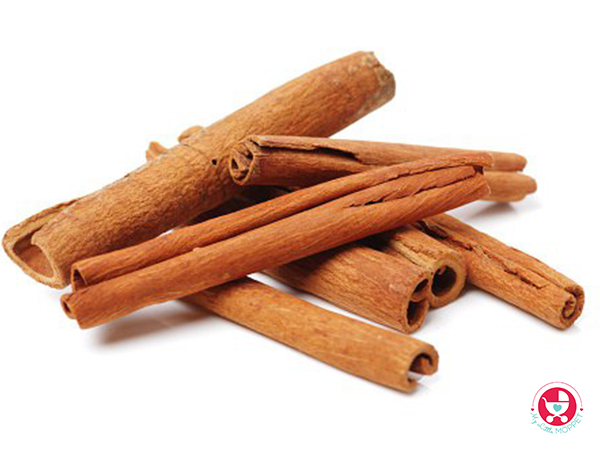
Cinnamon (dalchini) can be introduced to babies after six months and once solids are started. It pairs well with apple and pear purees, fruit oats porridge, whole wheat fruit cakes, jams, and masala khichdi. Generally, it’s advisable to add just a pinch of cinnamon powder to baby food, except in cakes and jams. This spice aids digestion and is also a beneficial antioxidant, making it a nutritious addition to your baby’s diet.

Coriander leaves (dhania patta) can be introduced to babies after seven months. They are ideal for adding to soups and khichdi, but it’s important to grind or mash the leaves well to prevent them from passing whole in stools. You can add a few individual leaves or one finely chopped sprig to baby food. Coriander leaves offer several health benefits, including antiseptic and antioxidant properties, helping to treat diarrhea and being rich in iron.
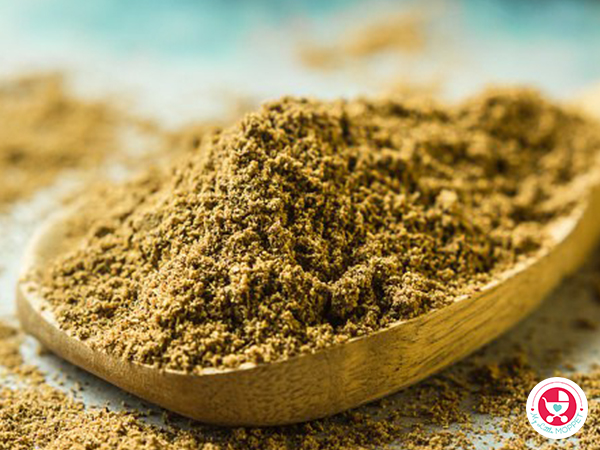
Garam masala powder can be introduced to food preparations when babies reach eight months. It enhances the flavor of dishes such as khichdi, pancakes, and biryani. For baby food, a pinch or a maximum of 1/4 teaspoon is recommended to ensure a mild taste suitable for young palates.
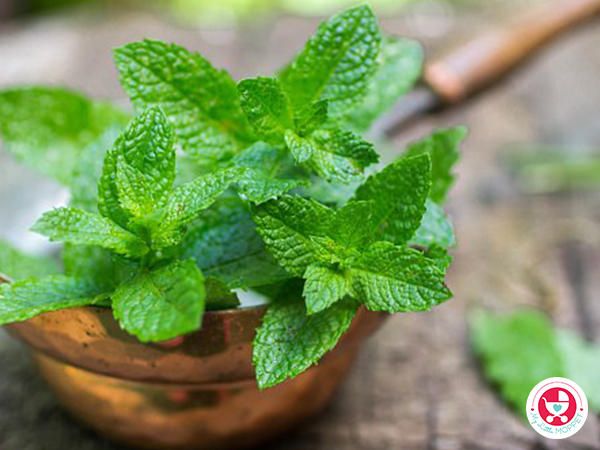
Mint (pudina) leaves can be introduced to babies after seven months. They should be finely chopped and added to soups and khichdi, with about 6 to 7 leaves being appropriate for baby food. Mint offers several health benefits, aiding digestion, serving as a home remedy for diarrhea, and helping to prevent respiratory disorders.
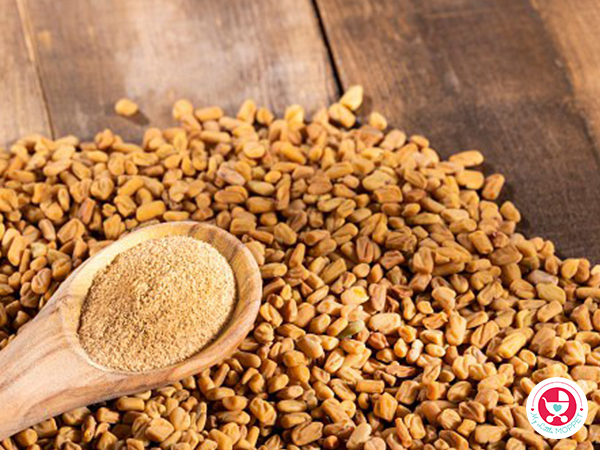
Fenugreek (methi) seeds can be introduced to babies after seven months when added to khichdi. However, they may not be fully digested until the baby develops better chewing skills, often resulting in the seeds being excreted whole. Fenugreek helps in digestive health and relieves constipation.
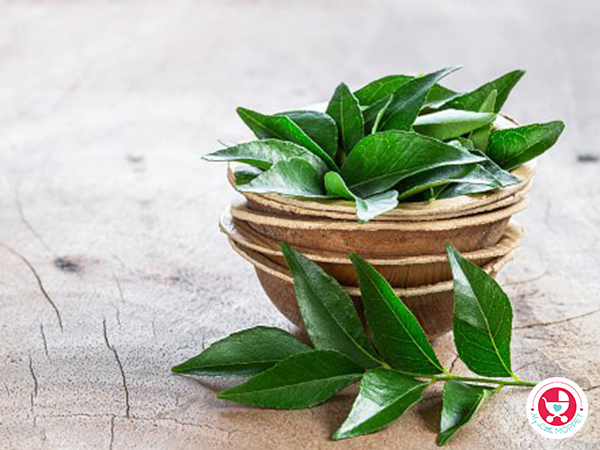
Curry leaves can be introduced to babies after seven months and are commonly added to khichdi for flavor. About 2 to 3 leaves can be included during cooking and should be removed before serving. These leaves offer health benefits, as they have anti-inflammatory properties, act as an effective antidiarrheal agent, and aid in digestion.
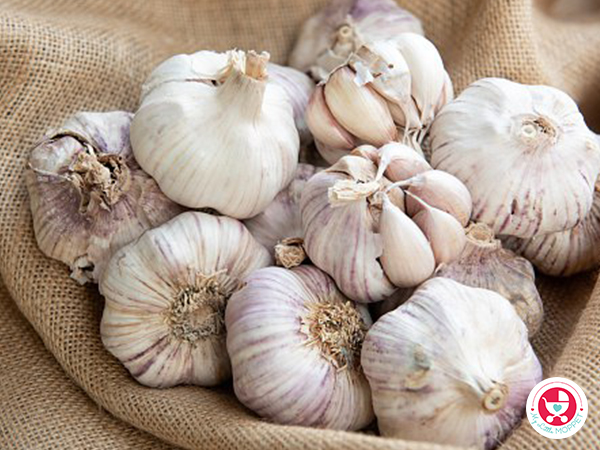
Garlic can be introduced to babies after six months and is suitable for dishes like dal ka paani, soups, and khichdi. Until the baby turns one, you can add one or two cloves of garlic (depending on their size), ensuring they are crushed well before serving. For dal ka paani, the cloves can be removed before feeding. Garlic offers numerous health benefits, helping the body combat microbes, providing anti-inflammatory properties, and being rich in vitamin C.
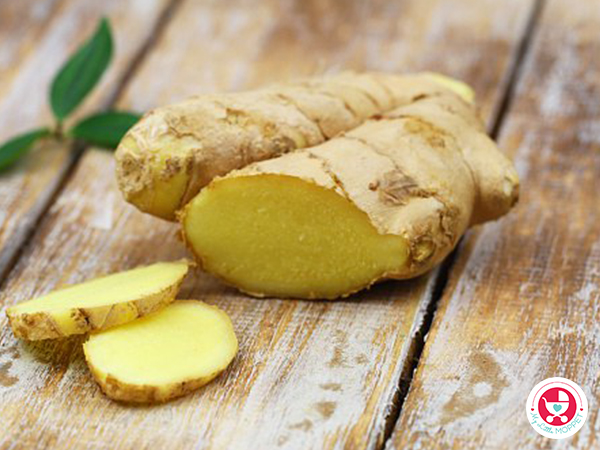
Ginger (adrak) can be introduced to babies after six to seven months, once solids are started. Finely grated ginger can be added to apple puree, pear puree, sweet potato, masala khichdi, soups, and rice dishes. A small amount, roughly the size of an orange seed, is recommended for baby food. Ginger offers several health benefits, serving as an effective home remedy for coughs and colds, aiding in respiratory health, and helping relieve constipation.
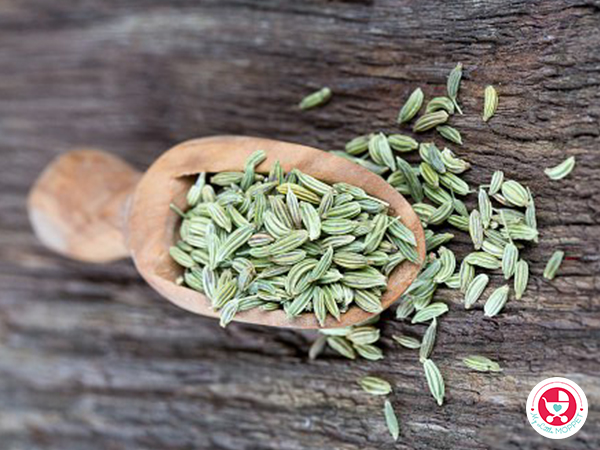
Fennel seeds (saunf) can be introduced to babies after starting solids, around six months. They can be added to khichdi during the tadka process; however, it’s not advisable to give fennel tea directly to babies for colic relief. Instead, breastfeeding mothers can consume fennel water or tea to help alleviate their baby’s colic. For baby food, a couple of fennel seeds can be included in the tadka, but it’s important to remove the seeds before feeding.
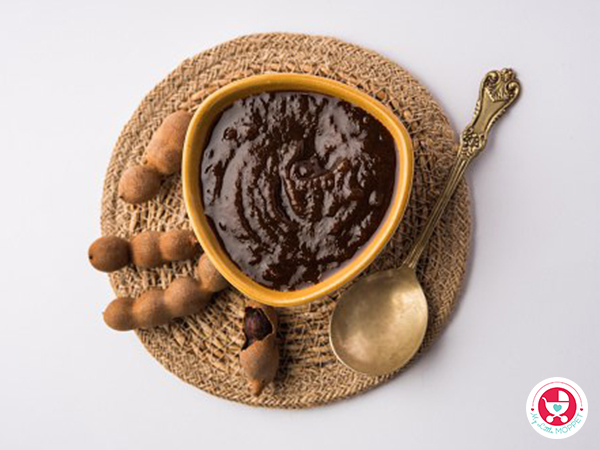
Tamarind, also known as Imli or Puli, can be introduced to babies after they turn one year old, coinciding with their transition to family foods. It can be incorporated into various dishes such as sambhar, curries, and khichdi, making it a flavorful addition to toddlers’ meals. Tamarind is good for promoting healthy digestion and enhances the taste of the dish.
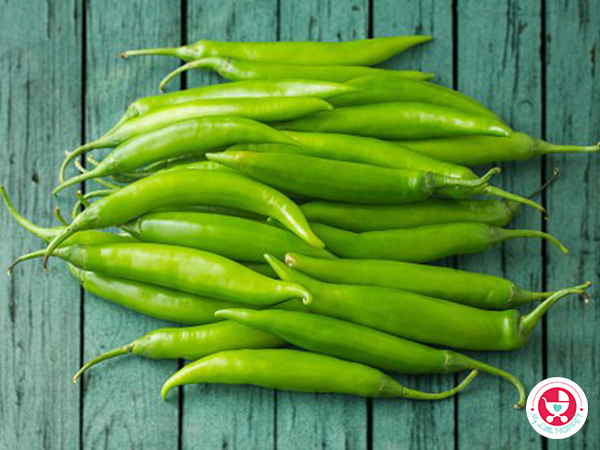
Hari Mirch, also known as green chillies or Pachai Milagai, can be introduced to babies between 14 to 18 months of age. A quarter of a small chilli can be ground into a paste and added to toddler meals, enhancing the flavor while introducing them to new tastes.
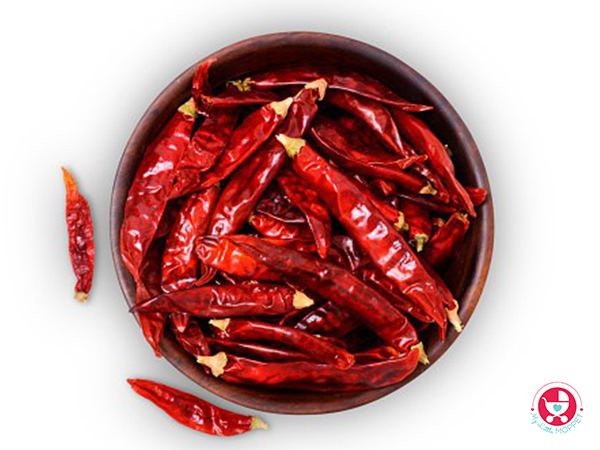
Red Chilli powder, or Laal Mirch, can be introduced to babies after 14 to 18 months of age. It can be added to dishes such as khichdi and curries, enhancing their flavor. For toddler meals, it is advisable to use about 1/4 to 1/2 teaspoon of red chilli powder.
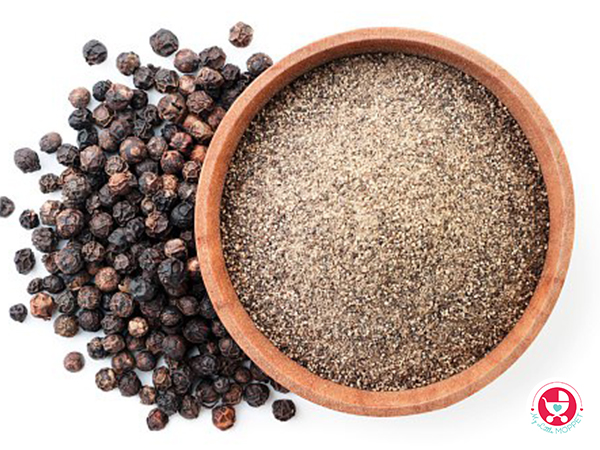
Pepper can be introduced to babies around 6 to 7 months of age, with a pinch being acceptable, and increased to adult levels after 14 to 18 months. It can enhance the flavor of dishes like khichdi, savory porridges, vegetable dosas, and soups. For toddler meals, 1/4 to 1/2 teaspoon of pepper powder is recommended. Additionally, incorporating pepper into baby food offers health benefits, such as relieving cough and cold and aiding digestion.
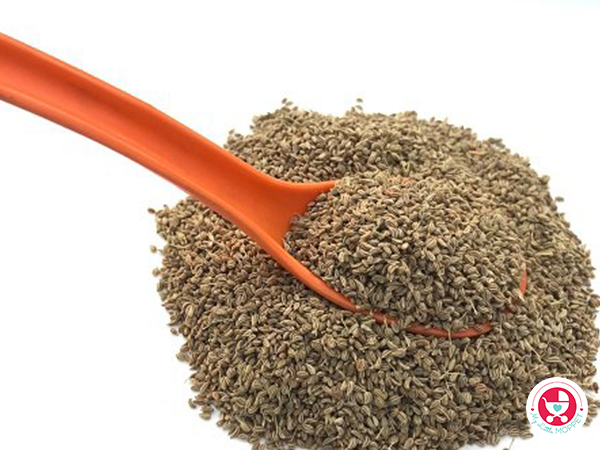
Ajwain, also known as Omam, can be introduced to babies after 7 months. It can be added to khichdi, health mixes, savory porridges, finger foods, and snacks. For baby food, 1/4 to 1/2 teaspoon of ajwain or omam powder is recommended. This spice offers several health benefits, serving as an effective home remedy for diarrhea, cough, and cold, while also aiding digestion and helping to prevent intestinal worms in children.
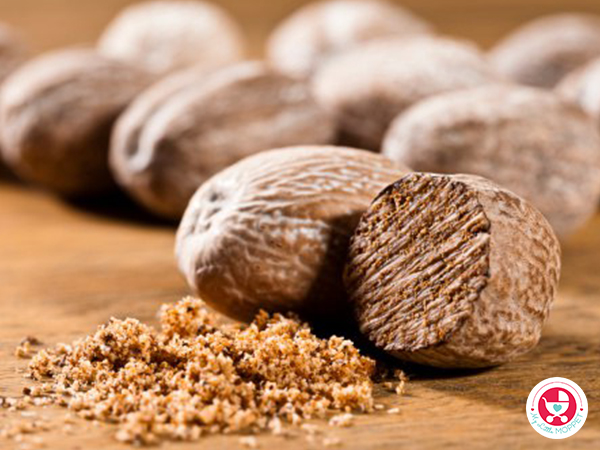
Nutmeg can be introduced to babies after 8 months of age. It is a versatile spice that can be added to kheers, dry fruit powder, sheera, and various desserts. For baby food, just a pinch of nutmeg powder is sufficient. This spice offers health benefits, as it helps improve sleep quality and aids in digestion for babies.
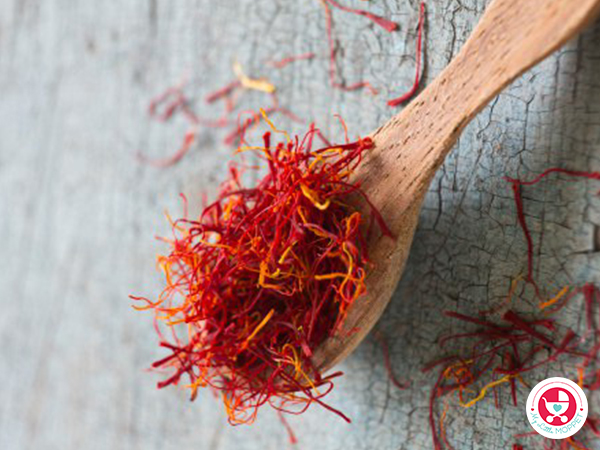
Saffron can be introduced to babies after 8 months. It can be added to kheers, dry fruit powder, sheera, and various desserts. When preparing baby food, one or two strands of saffron can be included during cooking; if used as a garnish, it’s best to remove the strands before feeding. Saffron is beneficial for babies as it aids in digestion.
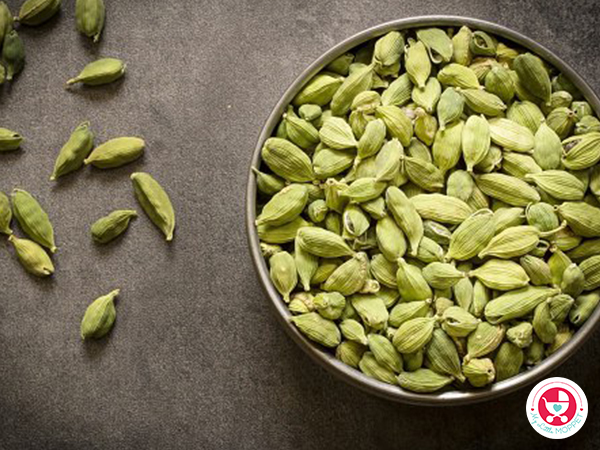
Green cardamom, or chhoti elaichi, can be introduced to babies after 6 months. It can be added to various dishes such as kheer, sheera, porridge, and pancakes. For baby food, 1/4 to 1/2 teaspoon of cardamom powder is recommended. This spice offers numerous health benefits, as it aids digestion, alleviates respiratory illnesses, and is rich in copper, iron, and vitamins such as riboflavin and vitamin C, which help prevent anemia.
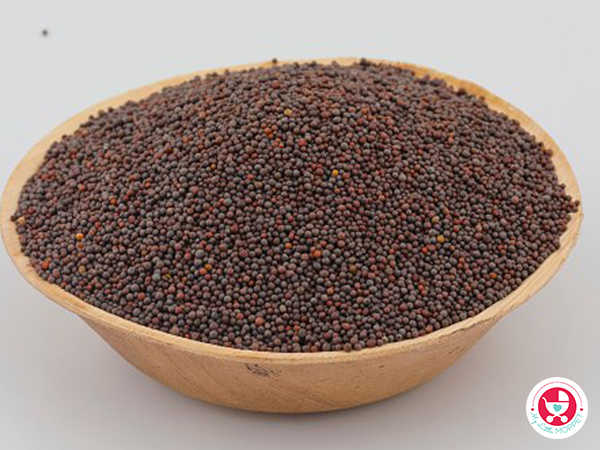
Mustard can be introduced to babies after 8 months and is commonly used to season khichdi and soups. It’s important to note that until the baby is able to chew, mustard seeds may be excreted whole in their stool. For baby food, it is recommended to add 1/4 teaspoon or less of mustard to khichdi and other dishes.
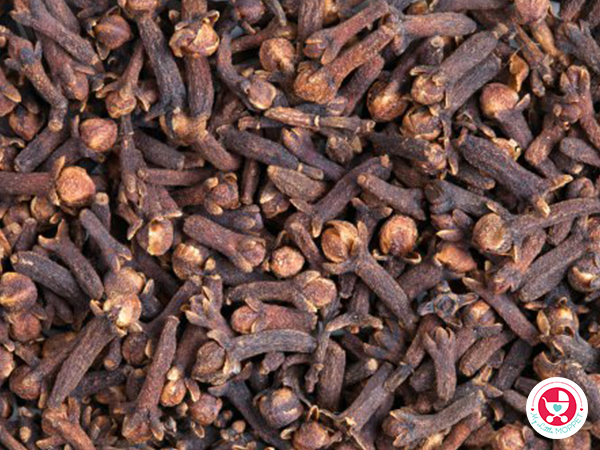
Cloves, also known as laung or grambu, can be introduced to babies after 8 months. They can be added to dishes such as apple sauce and masala khichdi. It is advisable to use a couple of cloves in baby food and ensure they are removed before feeding to the baby.
Allergic Risks and Tips for Cooking Spicy Foods for Babies
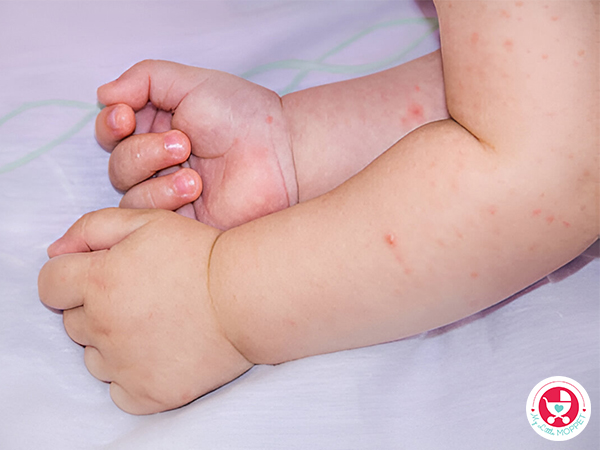
Yes, spices can cause allergic reactions in few babies. Here are some symptoms:
- Vomiting, diarrhea, rash, itching, swelling, and difficulty breathing.
- Skin reactions: Eczema, hives, or redness.
- Respiratory issues: Coughing, wheezing, or congestion.
- Anaphylaxis risk: Severe allergic reactions requiring immediate medical attention.
Here are 10 tips for cooking spicy food for babies:
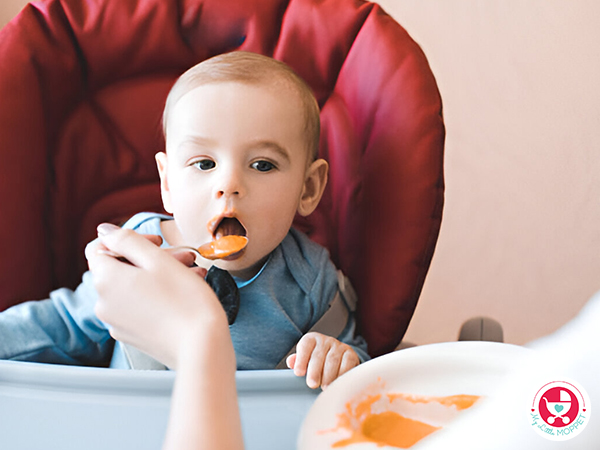
1. Start Mild
Begin with mildly flavored spices and gradually increase intensity as baby grows.
2. Use Small Amounts
Introduce spices in small quantities (just a pinch) and monitor for reactions.
3. Mix with Familiar Foods
Combine spices with familiar foods like rice, potatoes, or vegetables.
4. Select Low-Heat Cooking
Use low-heat cooking methods (steaming, roasting) to reduce spice intensity.
5. Remove Seeds and Pods
Remove seeds and pods from spices to reduce heat.
6. Balance Flavors
Balance spicy flavors with sweet or sour ingredients (e.g., fruit, yogurt).
7. Tailor spice intensity to baby’s age:
- 6-8 months: mild spices
- 8-12 months: moderate spices
- 1+ year: gradually increase intensity
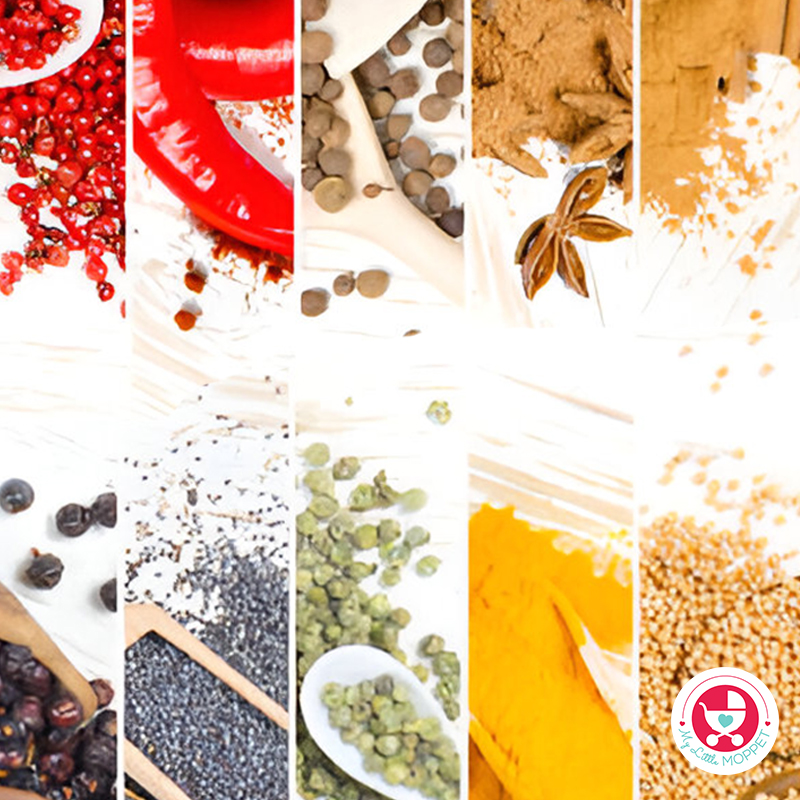
As your little one grows, so does their palate. While it’s tempting to introduce spicy flavors early on, it’s important to listen to their cues. Start with mild spices and gradually increase the heat as they tolerate it. Remember, the goal is to cultivate a love for diverse flavors, not overwhelm their developing taste buds. Let your baby’s journey with food be a joyful exploration, one spice at a time.
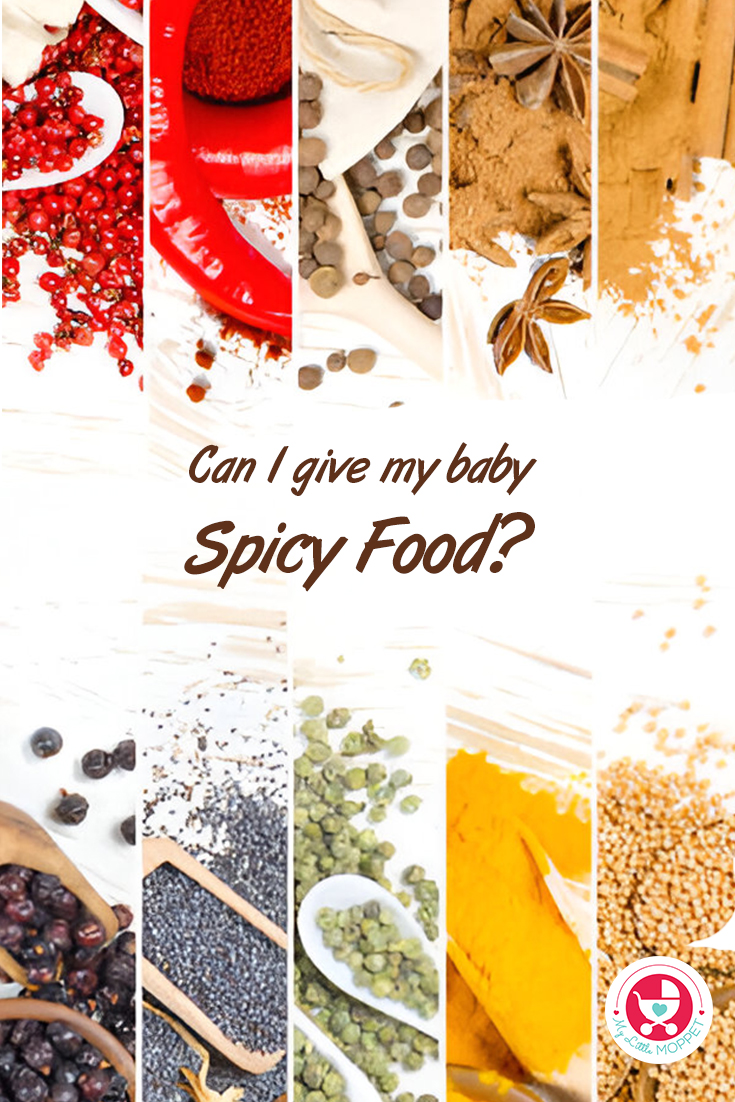
Frequently Asked Questions
When can I introduce spicy foods to my baby?
Spices can be introduced in powdered form after 6 months. Strong spices like chillies can be introduced after 1 year.
How should I introduce spicy foods?
Please start with small amounts of mild spices and gradually increase the spice level as your baby tolerates it.
Are spicy foods safe for babies?
Spicy foods are generally safe for babies once they’re old enough (after 6 months), but it’s important to monitor their reaction and avoid overly spicy foods.
What are the benefits of introducing spicy foods early?
Early exposure to a variety of flavors, including spicy ones, can help develop a more adventurous palate in children.
What if my baby doesn’t like spicy foods?
Never force! If your baby isn’t interested in spicy foods, simply offer them at a later time or try a different spice.
Buy Healthy Nutritious Baby, Toddler food made by our own Doctor Mom !
Shop now!